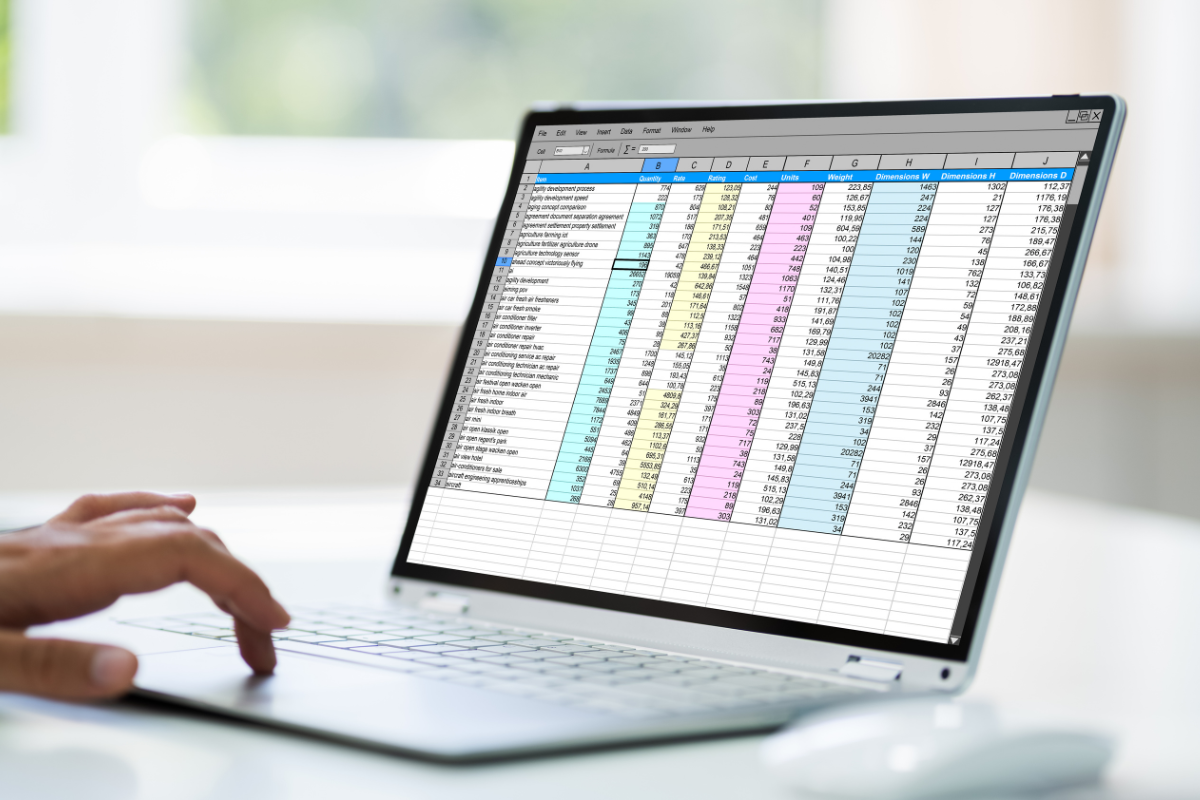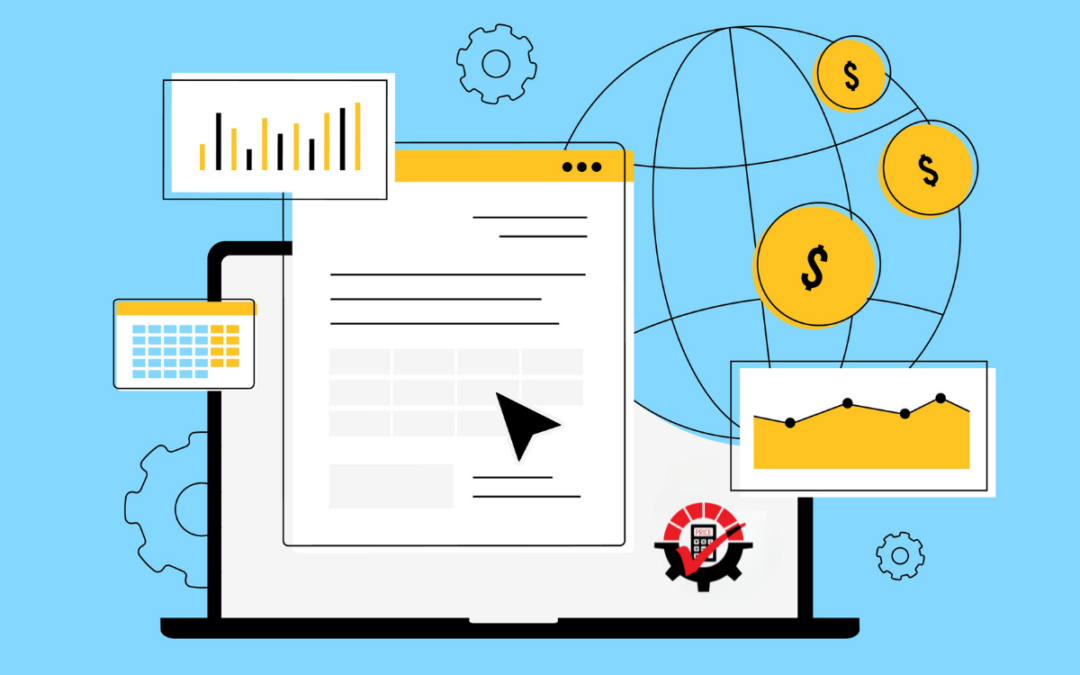The Paradigm Shift: Embracing Modern Pricing Management
In the dynamic sphere of business operations, a significant transition is underway, one that nudges companies toward innovative pricing management solutions and away from traditional, labor-intensive methods. As we onboard more organizations onto Rockton Pricing Management, a recurring challenge emerges: the reluctance of pricing managers and supervisors to part ways with their meticulously crafted Excel price sheets. This attachment, although understandable, signifies a pivotal moment in the evolution of pricing strategies.
The Excel Dilemma: Comfort Zone or Constraint?
Many businesses have developed Excel-based price sheets, intricate labyrinths of formulas and calculations representing months, if not years, of development. To their creators, these sheets are more than mere tools; they are testaments to hard work and ingenuity. However, this complexity comes with a significant drawback: the intricate, often opaque calculations require the direct involvement of the spreadsheet’s author, the only individual truly fluent in its labyrinthine logic.
This scenario paints a vivid picture of the limitations inherent in clinging to outdated methods. While Excel sheets may offer a familiar comfort, they also encapsulate a constraint, tethering businesses to inefficient, error-prone processes that are unsustainable in a competitive marketplace.
From Excel to Excellence: The RPM Revolution
Enter Rockton Pricing Management, a beacon of modernization in the realm of pricing strategy. The transition from Excel to Rockton Pricing Management is not merely a change in software but a fundamental shift in how companies approach pricing. Rockton Pricing Management replicates and enhances the capabilities of Excel, automating complex calculations and liberating businesses from the tedious cycle of manual updates and revisions.
Consider the task of calculating loaded costs, a process that encompasses various expenses from freight to special labor charges. In the traditional Excel setup, this calculation demands a meticulous, item-by-item consideration of costs—a process ripe for automation. Rockton Pricing Management steps in as a powerful ally, capable of not only performing these calculations with ease but also adapting to the unique nuances of your business model. Whether it’s handling diverse item classes with varying expenses or integrating special labor charges, Rockton Pricing Management transforms a manual, error-prone process into a streamlined, accurate, and efficient operation.
The Journey of Letting Go: A Path to Sanity and Profitability
The most formidable obstacle in this transition is not technical but psychological: the reluctance to let go of old price sheets. This resistance is understandable; after all, these documents are the culmination of extensive effort and expertise. Yet, the path to enhanced efficiency, accuracy, and profitability lies in embracing new solutions. Rockton Pricing Management offers a promising horizon, where pricing strategies are not only automated but also optimized for immediate adjustments to cost changes, ensuring profitable margins and operational sanity.
The implementation journey with Rockton Pricing Management often reveals a dual challenge: configuring the logistics within the system and guiding individuals to relinquish their hold on outdated methods. The latter, in many ways, is the more complex task. It involves not just a change in tools but a shift in mindset, from a hands-on, manual control to a trust in automated, intelligent systems.
Updating Price Sheets: A Call to Action
As the business landscape evolves, so too must our approaches to managing complex operations like updating price sheets in Excel. The transition from Excel to Rockton Pricing Management represents more than a mere upgrade in software—it symbolizes a leap towards efficiency, accuracy, and strategic insight. For pricing managers and supervisors, the journey entails not just learning a new system but embracing a new philosophy of trust in automation and optimization.





